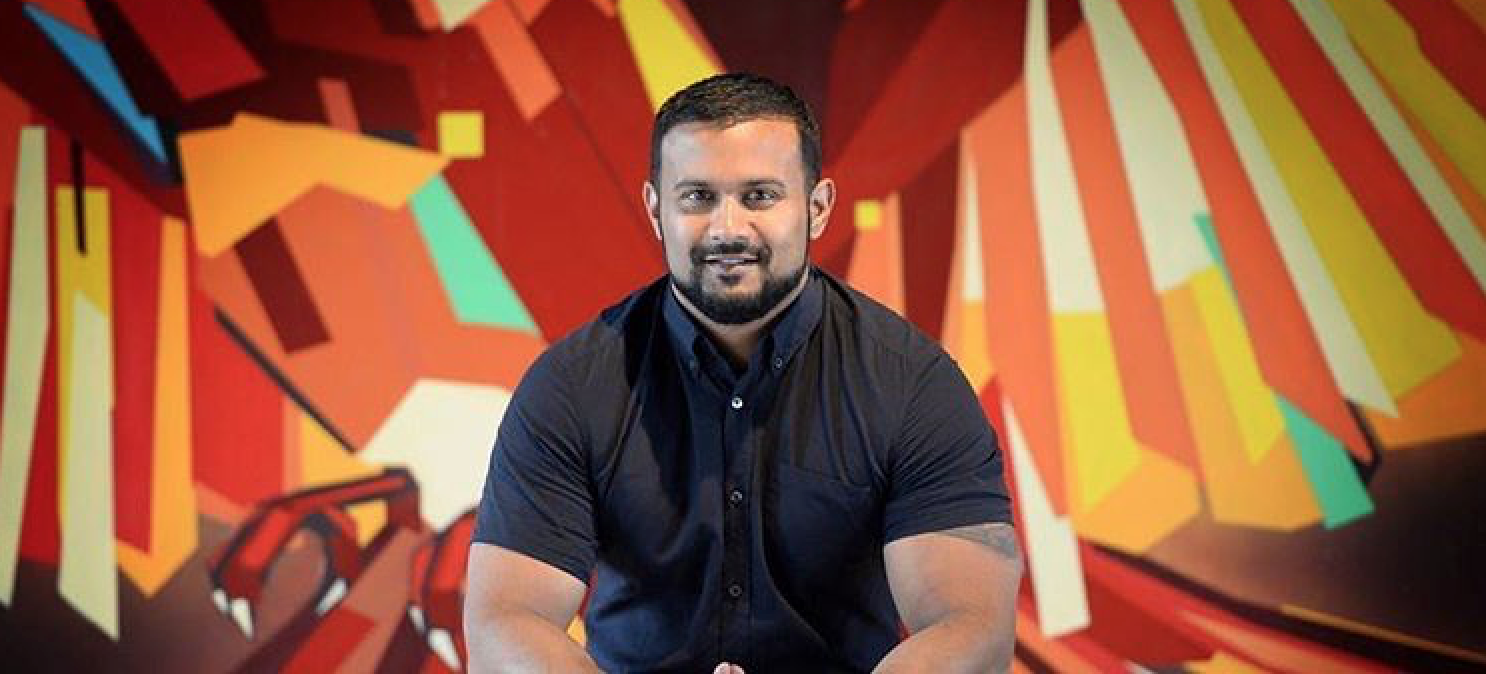
We all face different challenges when starting a company, but most founders will tell you that one of the hardest things they ever did was learning to let go and to start focusing on the larger picture.
When I started Lightspeed in 2005, I wore many hats. I was the founder, lead developer, designer, hiring manager, marketer… there wasn’t a project that I didn’t touch. I was up early every day and busy coding until 4am, with a million little tasks in between. As the business grew over the next few years and my team expanded, I still found myself involved in a lot of these day to day responsibilities, but it wasn’t scalable for myself or the company.

How could I expect to keep this pace? It was a daunting question that weighed on me every day. I knew I’d have to give up some of my duties, but how could I choose?
Setting priorities
By 2009, I had been delegating and hiring for major functions like Ops, Marketing, Sales and Support. The team was growing, but I was still Lightspeed’s (at the time known as Xsilva) main developer, while also actively involved in design and marketing.

It was the combination of these roles that made me realize the importance of setting priorities. Sitting at my desk with a stack of feature requests and bug reports, I realized that to be an effective leader and to avoid being a bottleneck in the organization, I needed to let go and start focusing on other areas of the business that needed my attention.
I’m not going to lie, it wasn’t easy. After doing everything for so long, you get used to being implicated in every decision. But if you have a strong team of managers and leaders, you quickly start to understand that you can count on other people to make the same decisions that you would.
A delegate situation
It was in 2009 that I finally learned how to delegate my dev tasks. The need to delegate development became apparent when Lightspeed started implementing new technologies that exceeded my skillset. It was tough to let go, but I knew it was time to take off my engineering hat and start building a team of professional developers. While not coding until 4am allowed me to expand my focus in other areas, it was hard to lose the feeling of accomplishment that you get when you create and ship something. That was, until my team coded its first project. To this day, I can still remember the overwhelming sense of pride I felt for them, and quickly realized that I didn’t need to do everything on my own.

As I let go of those responsibilities, I found myself with more time to strengthen my other skills. Finding investors and investor relations became my main focus. I managed the company’s accounting, credit cards, real estate, quarterly board meetings and began to build the company’s Finance team. Delegating became easier and easier, and now I have a team of over 500 employees that I can confidently rely on to get things done.
While I’m still incredibly invested in the daily operations of Lightspeed, I’ve recently entered a new chapter of brand building and media relations. With a portion of my time spent between public speaking, thought leadership, interviews, panels, content and social media, I’m doing things that are a world apart from where I was 11 years ago. I’m learning skills that I never thought I would, and the fact that the job is constantly evolving makes me appreciate it more every day.

Keeping the company culture
Regardless of how your role evolves, company culture comes from the top and that’s a job that you never shed, no matter how much the business grows. The culture is a reflection of you and the people you hire.
For Lightspeed, it was about creating an environment where work and play go hand-in-hand. The physical environment should be somewhere that employees want to come into every day and know that you’re there to support them as much as they’re there to support you.

It’s also important to keep your team informed. Hold company meetings so that people feel like they are on the same mission. Send out updates and emails highlighting important news and milestones. The more your employees know, the more they’ll rally behind you.
Finally, you need to spend as much time with individual contributors as you do with executives. It’s so easy to lose sight of what’s happening at the company’s core if you spend every day inside of a boardroom.
What’s next
Over time, my function has changed a lot and I have no doubt that it will continue to do so. I’m sure it’s the same for you. No matter what, the important thing is to trust that other members of your organization will do what’s right. Whether you’re looking to grow your business or grow as a person, good things happen when you learn to let go.

News you care about. Tips you can use.
Everything your business needs to grow, delivered straight to your inbox.
